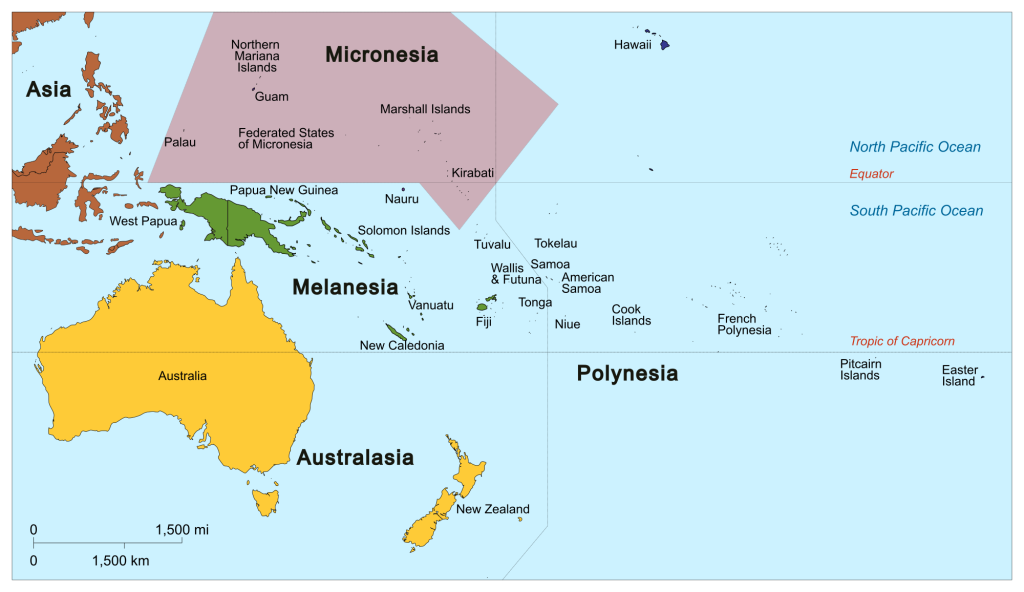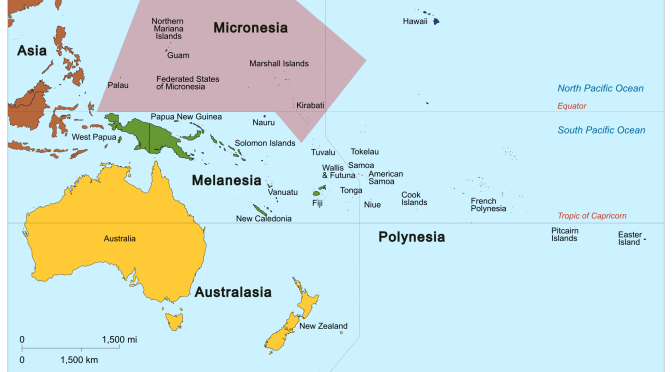Micronesia, a region in the western Pacific Ocean comprising thousands of small islands, is at the forefront of the global transition to a low-carbon future. With its abundant renewable energy resources, Micronesia has the potential to become a leader in clean energy production and a model for other island nations. This article will discuss the current state of Micronesia’s energy market and outline the roadmap to a low-carbon future.
Micronesia’s energy market is currently dominated by fossil fuels, with diesel being the primary source of electricity generation. This dependence on imported fossil fuels has led to high electricity prices and a significant carbon footprint. Moreover, the region’s vulnerability to climate change and rising sea levels has further emphasized the need for a transition to renewable energy sources.
Recognizing the urgent need for a shift towards clean energy, the governments of Micronesia have taken significant steps to develop and implement renewable energy policies and projects. In recent years, several Micronesian countries have set ambitious renewable energy targets, aiming to achieve 100% renewable energy generation by 2025. To reach these goals, Micronesia is focusing on harnessing its abundant solar, wind, and ocean energy resources.
Solar energy is the most promising renewable energy source for Micronesia, given the region’s high solar irradiation levels and the decreasing costs of solar photovoltaic (PV) technology. Several large-scale solar PV projects have been implemented across the region, including the installation of solar panels on public buildings and the development of solar-powered water pumps for agriculture. Furthermore, the introduction of net metering policies has encouraged the adoption of rooftop solar systems by households and businesses, reducing their reliance on diesel generators and contributing to the growth of the solar energy market.
Wind energy also holds significant potential in Micronesia, particularly on the larger islands with more consistent wind resources. Wind energy projects have been initiated in several locations, with the installation of wind turbines and the development of wind resource assessments to identify suitable sites for future wind farms. These projects have not only contributed to the diversification of Micronesia’s energy mix but also provided valuable data and experience for the further expansion of wind energy in the region.
Ocean energy, including wave, tidal, and ocean thermal energy conversion (OTEC), is another promising renewable energy source for Micronesia. The region’s vast ocean resources and its strategic location in the Pacific Ocean provide a unique opportunity for the development of ocean energy technologies. While still in the early stages of development, pilot projects and research initiatives are underway to explore the potential of ocean energy in Micronesia and to develop the necessary technologies and infrastructure for its commercialization.
In addition to the development of renewable energy sources, Micronesia is also focusing on improving energy efficiency and reducing energy consumption. Energy efficiency measures, such as the implementation of energy-efficient building codes and the promotion of energy-saving appliances, have been introduced to reduce electricity demand and decrease the reliance on fossil fuels.

The transition to a low-carbon future in Micronesia is not without its challenges. The region’s remote location, small population, and limited financial resources pose significant barriers to the development and implementation of renewable energy projects. However, with the support of international organizations, such as the World Bank and the Asian Development Bank, and the commitment of the Micronesian governments, the region is making steady progress towards achieving its renewable energy goals.
In conclusion, Micronesia’s energy market is undergoing a significant transformation as the region embraces renewable energy sources and moves towards a low-carbon future. By harnessing its abundant solar, wind, and ocean energy resources, and implementing energy efficiency measures, Micronesia has the potential to become a leader in clean energy production and a model for other island nations.

